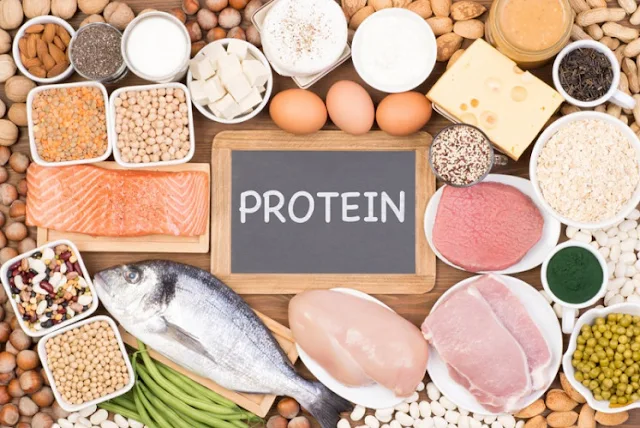INTRODUCTION: The word protein is derived from Greek word, “proteios” which means primary. As the name shows, the proteins are of paramount importance for biological systems. Out of the total dry body weight, three quarters are made up of proteins. Proteins are used for body building; all the major structural and functional aspects of the body are carried out by protein molecules. These include the keratin in the hair, the nail, to mention but a few.
SPECTRUM OF ACTIVITY AND BIOCHEMICAL COMPOSITION: Abnormality in protein structure will lead to molecular diseases with profound alterations in metabolic functions. Proteins contain Carbon, Hydrogen, Oxygen and Nitrogen as the major components while Sulphur and Phosphorus are minor constituents. Nitrogen is characteristic of proteins. On an average, the nitrogen content of ordinary proteins is 16% by weight. All proteins are polymers of amino acids. [AMINOACIDS]
THE PEPTIDE BOND: Amino Acids are Linked by Peptide Bonds. The Alpha carboxyl group of one amino acid reacts with alpha amino group of another amino acid to form a peptide bond or CO-NH bridge. Proteins are made by polymerisation of amino acids through peptide bonds. Two amino acids are combined to form a dipeptide; three amino acids form a tripeptide; four will make a tetrapeptide; a few amino acids together will make an oligopeptide; and combination of 10 to 50 amino acids is called as a polypeptide.
By convention, big polypeptide chains containing more than 50 amino acids are called proteins. In a tripeptide, there are 3 amino acids, but these 3 can be any of the total 20 amino acids. Thus 203 = 8000 different permutations and combinations are possible in a tripeptide. Thus, even though there are only 20 amino acids, by changing the sequence of combination of these amino acids, nature produces enormous number of markedly different proteins. [MUTATION]
STRUCTURAL ORGANIZATION OF PROTEINS: Proteins have different levels of structural organization and these are; primary, secondary, tertiary and quaternary. This form of organization, clearly describe the arrangement from a single amino acid, to a dipeptide, to the complex macromolecule of the protein with the largest molecular mass.
PRIMARY STRUCTURE OF PROTEINS: This means the order of amino acids in the polypeptide chain and the location of disulfide bonds, if any. Secondary structure is the steric relationship of amino acids, close to each other. Tertiary structure denotes the overall arrangement and interrelationship of the various regions, or domains of a single polypeptide chain. Quaternary structure results when the proteins consist of two or more polypeptide chains held together by non-covalent forces.
RELATED
1. AMINO ACIDS
2. THE TERTIARY STRUCTURE OF PROTEINS
4. LIPIDS
5. ENZYMES











No comments:
Post a Comment